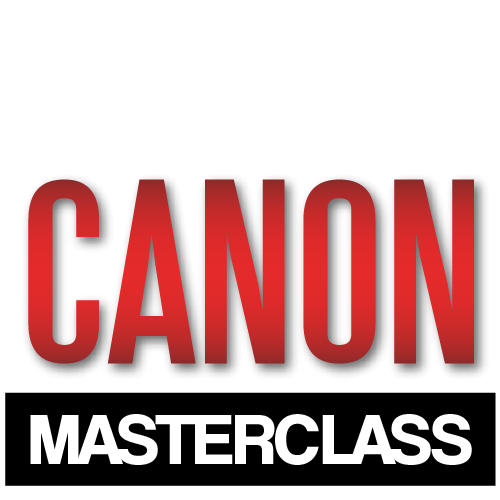Stories arguably happen in the outdoors more than they do inside. For characters to go anywhere or do anything, which is the real heart of the story, they need to leave the safe confinements of their homes and offices and get out into the real world.
Shooting a film outdoors carries its own variety of risks and rewards you must work with or against the sun. The sun is a light source unlike any other and the techniques and experience you have developed in the safe confines of the studio must be relearned in an unforgiving and ever-changing environment, but with risk comes great reward.
Risks and Rewards of Sunlight
Shooting a film outdoors carries its own variety of risks and rewards you must work with or against the sun. The sun is a light source unlike any other and the techniques and experience you have developed in the safe confines of the studio must be relearned in an unforgiving and ever-changing environment, but with risk comes great reward.
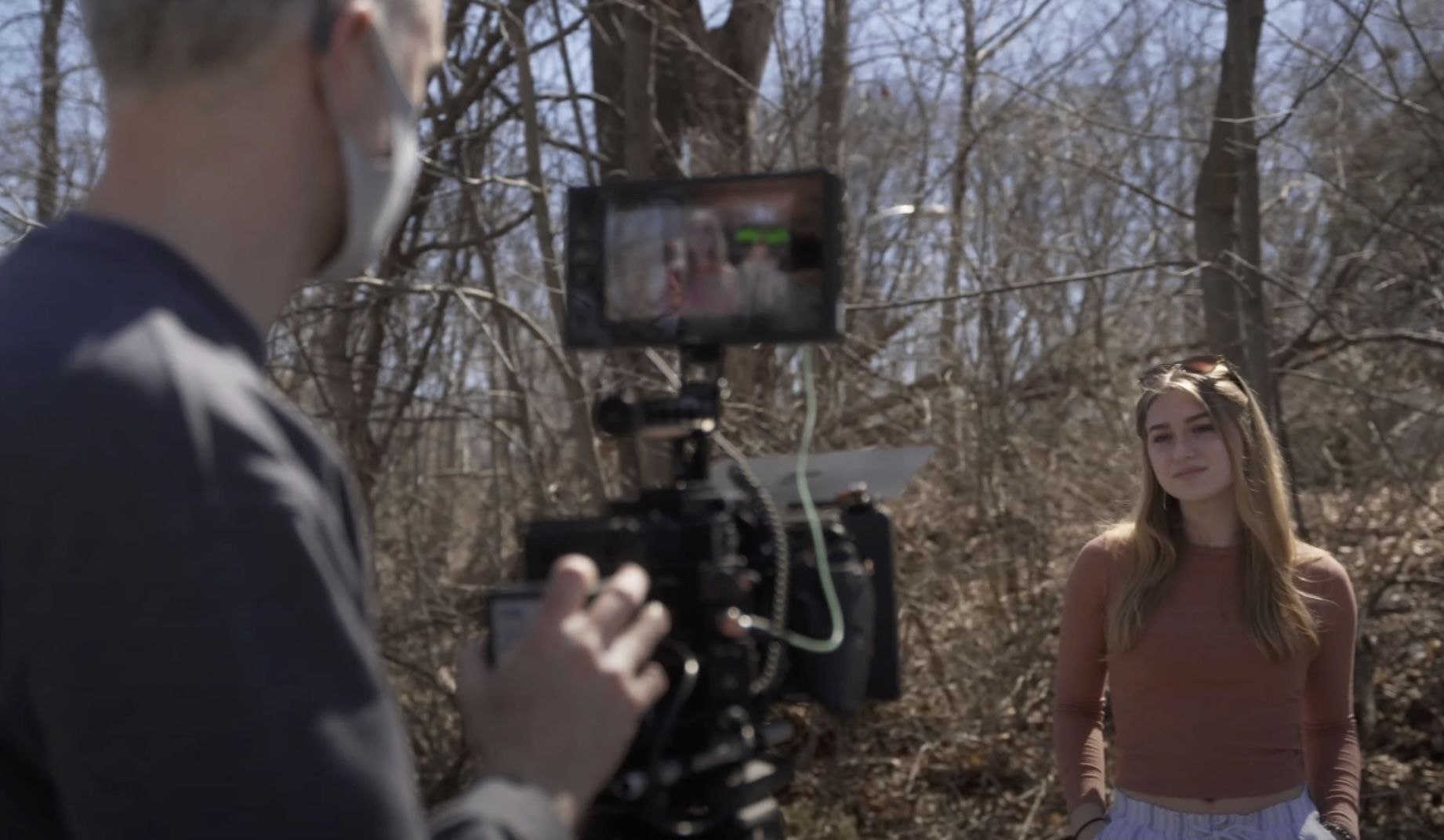
Outdoor Shoots
Some of the most visually arresting films have heavily featured the outdoors from Lawrence of Arabia's sweeping desert vistas to the Revenant's stunning iced landscapes. Outdoor shooting allows the prepared cinematographer to create unforgettable images.
Once you leave the studio everything becomes harder power has to be carried as batteries or generated with fuel. Picturesque locations are rarely next to roads so gear must be hauled into position and has to be protected during transit. This can cost a huge chunk of your shooting time and it affects when you call rap unless you want to haul everything out again in the dark.
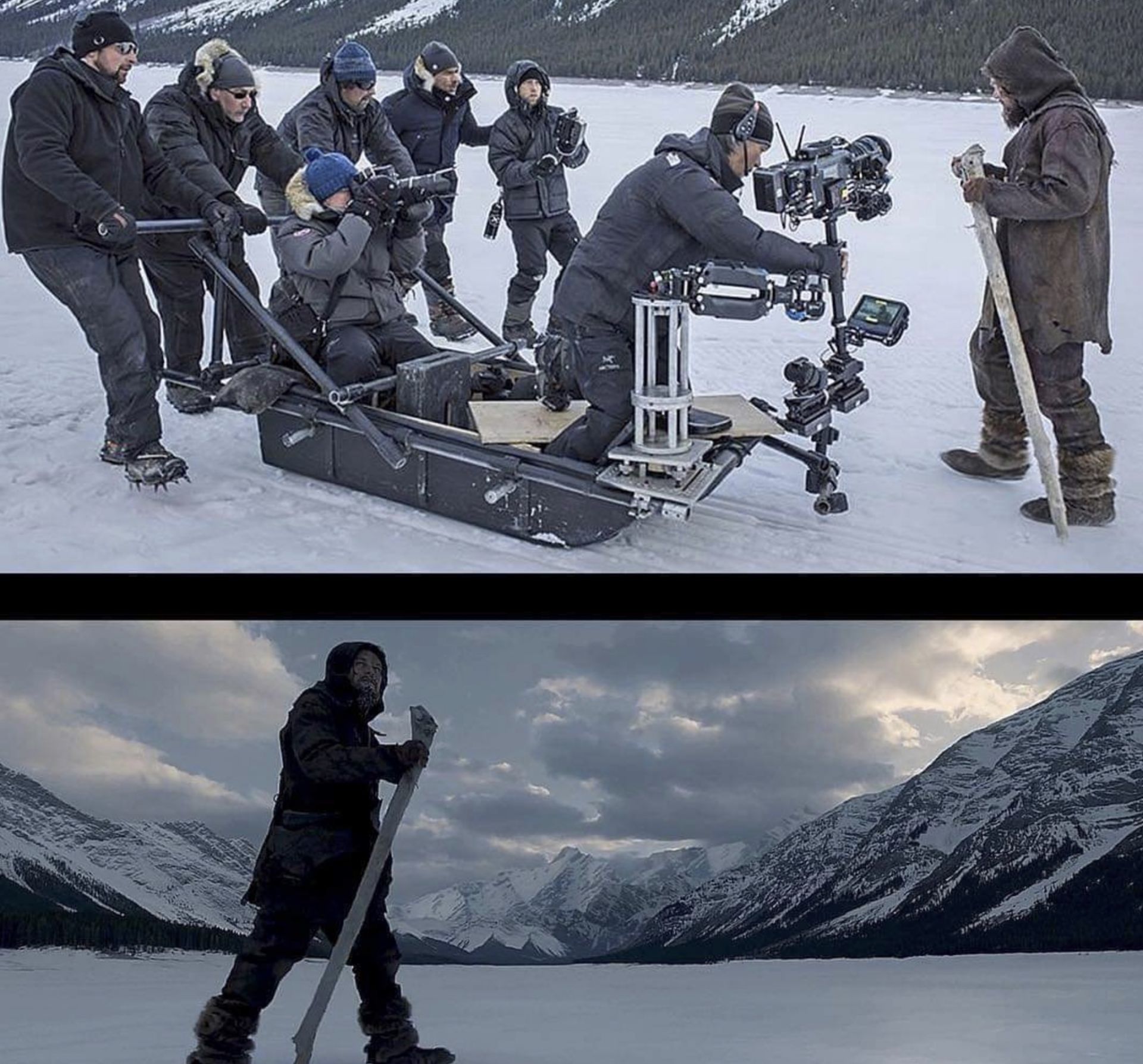
Sun position is constantly changing and the weather is always a factor. Not just rain, but wind, cold, heat, and humidity. Seasons affect the look of the environment but they don't always occur at the same time every year.
The wind is a constant on outdoor shoots. Diffusion panels, even the workhorse 4x4 bounce catches the wind like a sail and will tip a sandbag c-stand if the gust is over five knots. Wind more than rain can be catastrophic because a c-stand tipping over at any height has enough force to kill or injure a crew or cast member.
Man-bagging, or having a crew member hold and put their weight on a stand, is a standard way to secure c-stands against gusts. It is much quicker than loading or unloading 200 pounds of sandbags. If the crew member can't hold the stand against the wind, they can at least give an early warning before something starts to fall.
There are lots of apps available for tracking the path of the sun and predicting where it will be.
The Revenant was delayed when insufficient snowfall led to relocating the entire shoot from Alaska to South America at the cost of millions of dollars.
The wind is a constant on outdoor shoots. Diffusion panels, even the workhorse 4x4 bounce catches the wind like a sail and will tip a sandbag c-stand if the gust is over five knots. Wind more than rain can be catastrophic because a c-stand tipping over at any height has enough force to kill or injure a crew or cast member.
Man-bagging, or having a crew member hold and put their weight on a stand, is a standard way to secure c-stands against gusts. It is much quicker than loading or unloading 200 pounds of sandbags. If the crew member can't hold the stand against the wind, they can at least give an early warning before something starts to fall.
Sun Tracking Apps
There are lots of apps available for tracking the path of the sun and predicting where it will be.
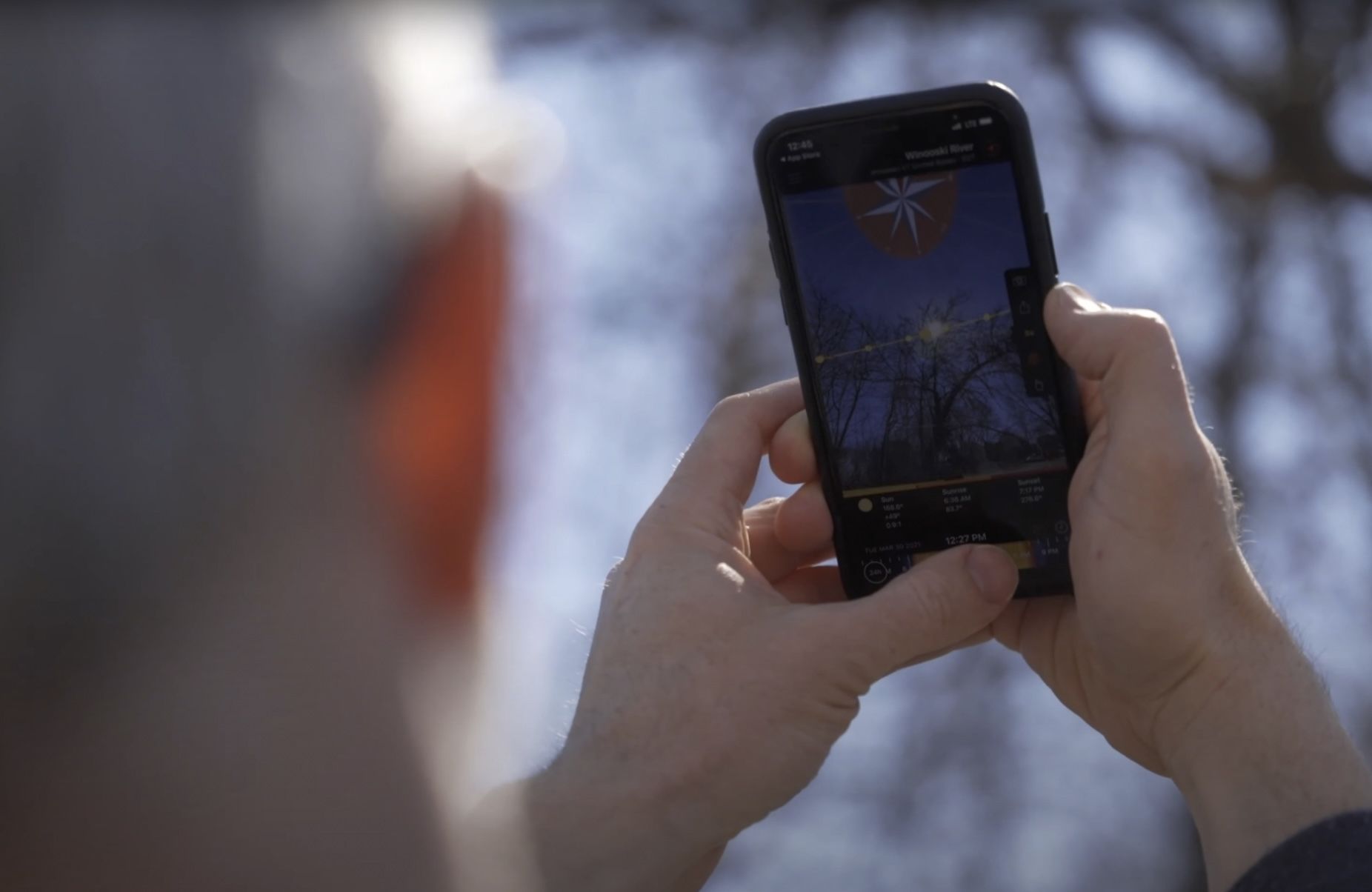
Using the Sun as Backlight
Because sunlight is so bright, even late in the day, the standard for outdoor lighting is to use the sun as a backlight. Use the ambient as fill and use a reflector or daylight balance source as the key light. This gives a natural look without needing a huge diffusion to control the sun's power.
A more minimal version of this is to use the sun as a backlight, the ambient as key, and to bring the shadow side of the actor’s face down with negative fill in the form of black fabric hung on a stand or suspended on a frame. This gives a more natural look than the bounce key and requires less equipment but it gives a less punchy look.
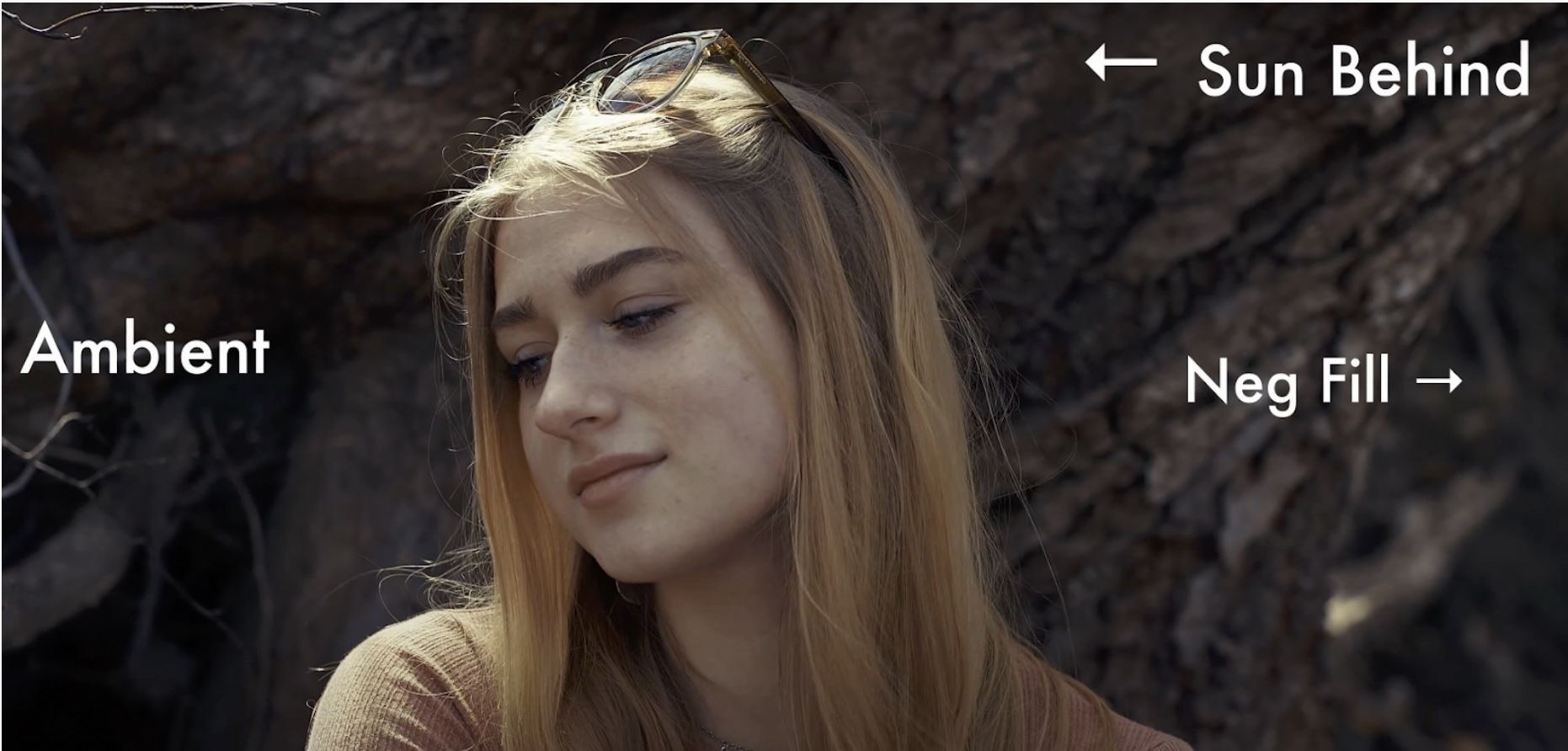
Negative Fill
Because of the sun, a lot of outdoor lighting involves taking light away rather than adding it. Negative fill can be great for this. Not just on a frame, but draped on the ground to reduce bounce, or held next to the actor's face to give more shape.
Sun Bending Mastery
Just because you can't control the position of the sun doesn't mean you have no control over it. There are a variety of tools to shape, bounce, and reflect the sun to better utilize its power. Mirror boards can reflect the sunlight to where you need it. You can even use several mirrors to bounce light around tinting them with warmth or gel to further separate your subject from the background.
You will need to constantly adjust these as the sun moves across the sky. If you want to create a large source, to illuminate a large subject such as a car or a group of people, you need a large piece of fabric to either reflect the sun or allow the sun to pass through.
A 12 x 12 bounce is a standard on commercial shoots, but rigging one of these takes at least three grips and several stands. A 6 x 6 is much more achievable for a small crew and can be held by two people.
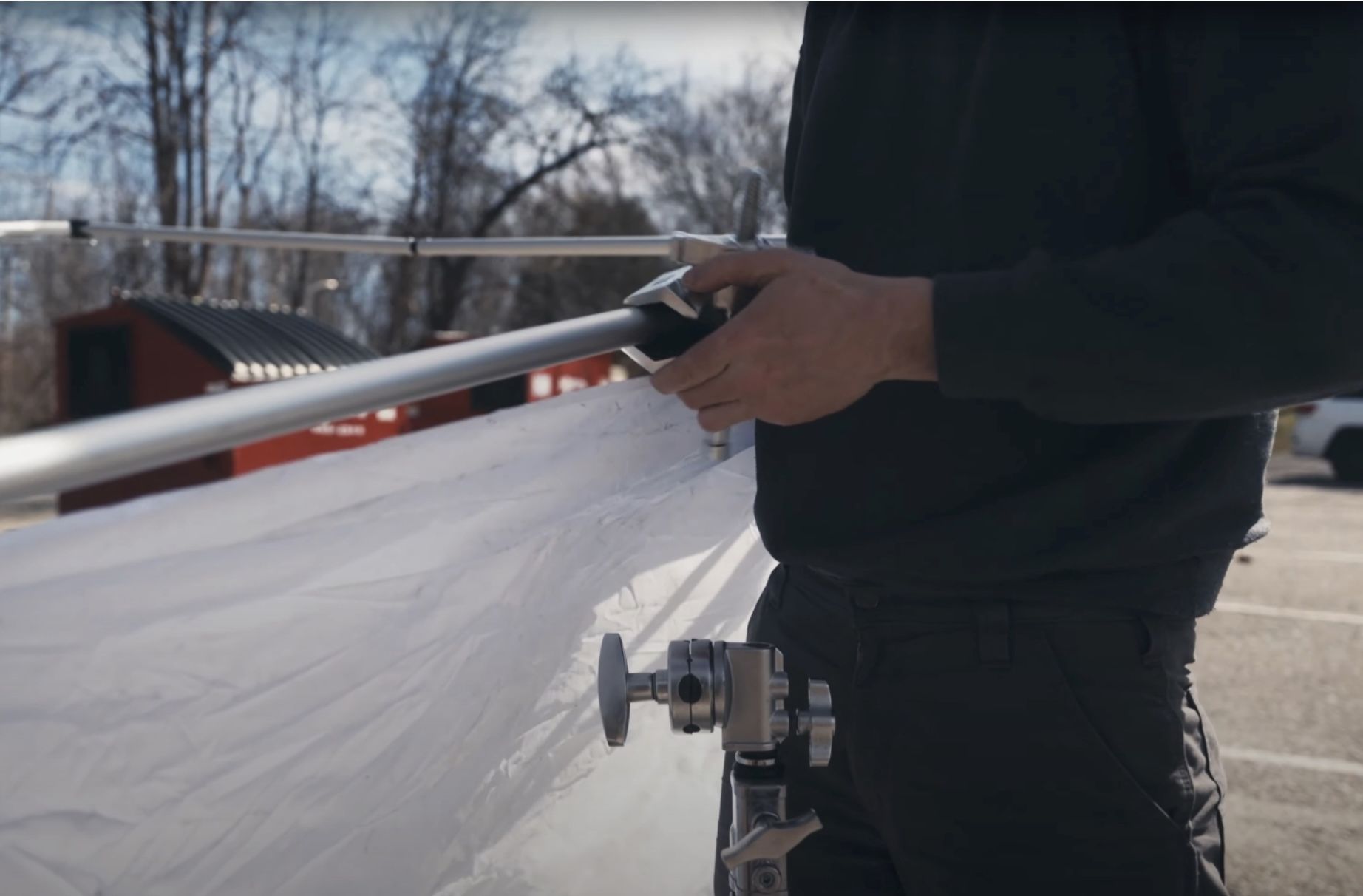
The Golden Hour
Golden hour is a favorite time to shoot because of the vivid colors in the sky, but it is the hardest time to capture the sun's light because it is so low on the horizon and often obstructed by trees and buildings.
Personal, Portable, Sun
LED technology lets you can bring your own sun in the form of a battery-powered monolight. These are easy to carry and run off battery and can be placed out of frame and dialed in to give a sunset look especially bi-color ones tuned to 3200 kelvin.
Outdoor Cinematography
Outdoor natural light cinematography is both the easiest and hardest form of filmmaking. It's simple to get sufficient exposure and see what is happening in front of the camera, but it can be painstakingly difficult to achieve a cinematic image when there are so many factors outside of your control. The only way to master this elusive art is to test, prepare, and always be practicing.

